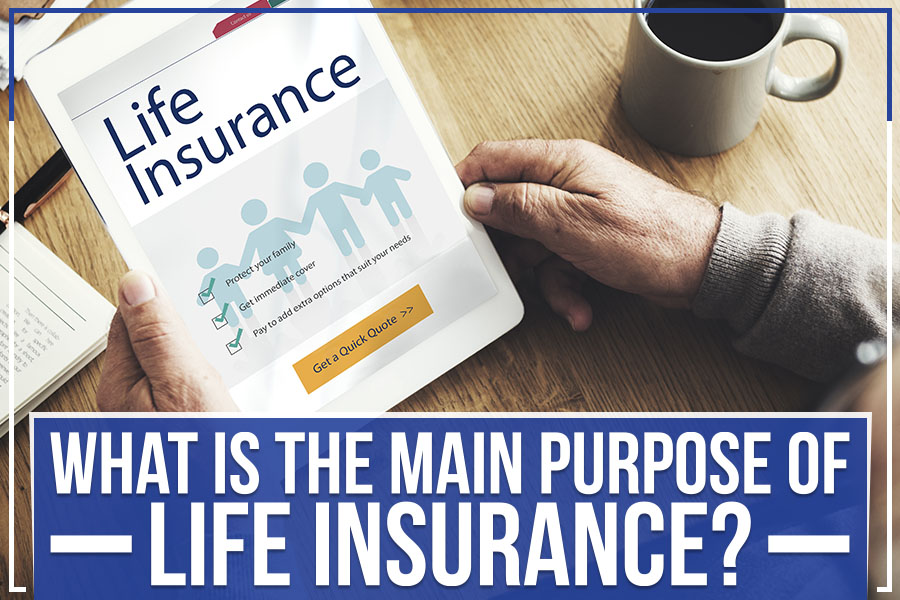Pacific Prime Things To Know Before You Get This
Table of ContentsThe 4-Minute Rule for Pacific PrimeThe smart Trick of Pacific Prime That Nobody is Discussing4 Easy Facts About Pacific Prime ExplainedThe Ultimate Guide To Pacific PrimeSome Of Pacific Prime

This is due to the fact that the data were accumulated for a period of strong financial performance. Of the estimated 42 million individuals that were uninsured, almost concerning 420,000 (about 1 percent) were under 65 years old, the age at which most Americans become qualified for Medicare; 32 million were adults between ages 18 and 65, around 19 percent of all grownups in this age; and 10 million were children under 18 years of age, regarding 13.9 percent of all youngsters (Mills, 2000).
These estimates of the variety of individuals uninsured are generated from the yearly March Supplement to the Current Populace Study (CPS), performed by the Census Bureau. Unless or else kept in mind, nationwide estimates of people without medical insurance and percentages of the population with different type of coverage are based upon the CPS, the most commonly made use of source of price quotes of insurance coverage and uninsurance prices.
The Pacific Prime Statements

Still, the CPS is especially valuable due to the fact that it creates annual estimates relatively swiftly, reporting the previous year's insurance coverage approximates each September, and due to the fact that it is the basis for a constant set of estimates for even more than two decades, permitting analysis of trends in insurance coverage gradually. For these factors, as well as the considerable use of the CPS in various other research studies of insurance protection that exist in this report, we depend on CPS estimates, with constraints noted.

The quote of the number of without insurance people increases when a population's insurance policy status is tracked for numerous years. Over a three-year period starting early in 1993, 72 million people, 29 percent of the U.S. https://www.metal-archives.com/users/pacificpr1me. population, lacked protection for at the very least one month. Within a solitary year (1994 ), 53 million people experienced a minimum of a month without protection (Bennefield, 1998a)
Six out of every ten without insurance adults are themselves used. Working does boost the possibility that one and one's household members will have insurance policy, it is not an assurance. Also members of family members with 2 full time breadwinner have nearly a one-in-ten chance of being without insurance (9.1 percent without insurance rate) (Hoffman and Pohl, 2000).
A Biased View of Pacific Prime
New immigrants make up a considerable proportion of people without medical insurance. One analysis has connected a significant part of the current development in the dimension of the U.S. uninsured population to immigrants who showed up in the country between 1994 and 1998 (Camarota and Edwards, 2000). Current immigrants (those that concerned the USA within the past four years) do have a high rate of additional resources being uninsured (46 percent), however they and their children represent just 6 percent of those without insurance coverage country wide (Holahan et al., 2001).
The partnership between health and wellness insurance coverage and accessibility to care is well established, as documented later in this phase. Although the partnership in between wellness insurance policy and health outcomes is neither direct nor easy, a considerable medical and health and wellness services research literature web links health insurance coverage to better accessibility to care, much better top quality, and boosted individual and population health status.
Levels of analysis for examining the results of uninsurance. This conversation of medical insurance protection focuses largely on the united state populace under age 65 because virtually all Americans 65 and older have Medicare or various other public insurance coverage. It concentrates specifically on those without any kind of health insurance policy for any type of size of time.
Some Known Details About Pacific Prime
The issues encountered by the underinsured are in some respects comparable to those dealt with by the without insurance, although they are usually much less serious. Health insurance, nonetheless, is neither necessary neither enough to acquire access to clinical services. The independent and straight impact of health insurance policy coverage on accessibility to health and wellness services is well developed.
Others will obtain the wellness care they require also without medical insurance, by spending for it out of pocket or seeking it from providers who use treatment free or at very subsidized rates. For still others, medical insurance alone does not make sure invoice of care due to other nonfinancial barriers, such as an absence of healthcare service providers in their neighborhood, limited accessibility to transportation, illiteracy, or etymological and social differences.
All about Pacific Prime
Formal research study concerning without insurance populations in the United States dates to the late 1920s and early 1930s when the Board on the Expense of Healthcare generated a series of reports regarding funding medical professional workplace gos to and hospitalizations. This problem ended up being prominent as the numbers of medically indigent climbed during the Great Clinical depression.